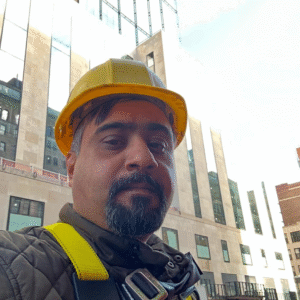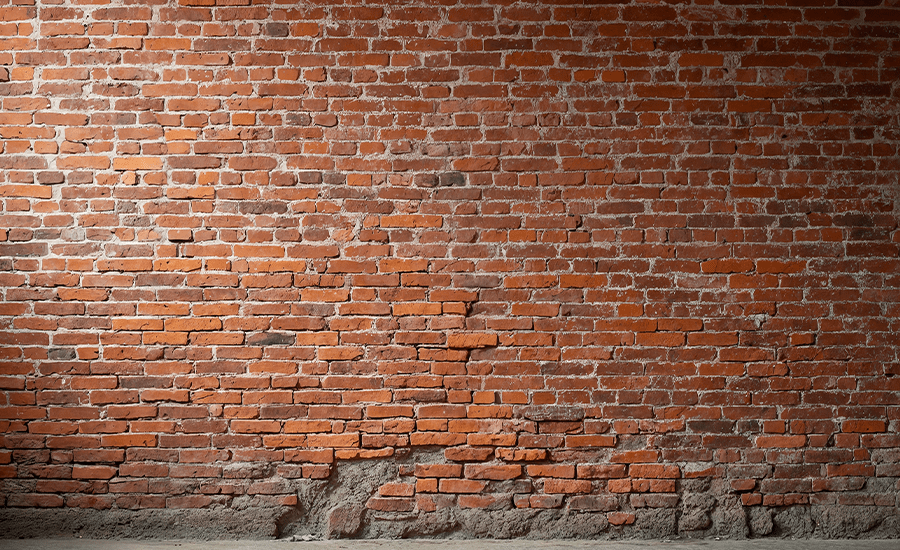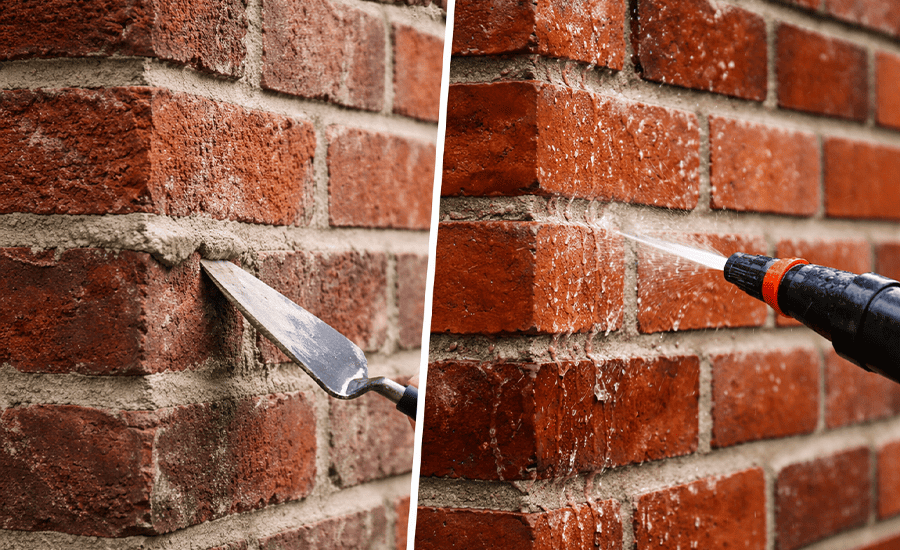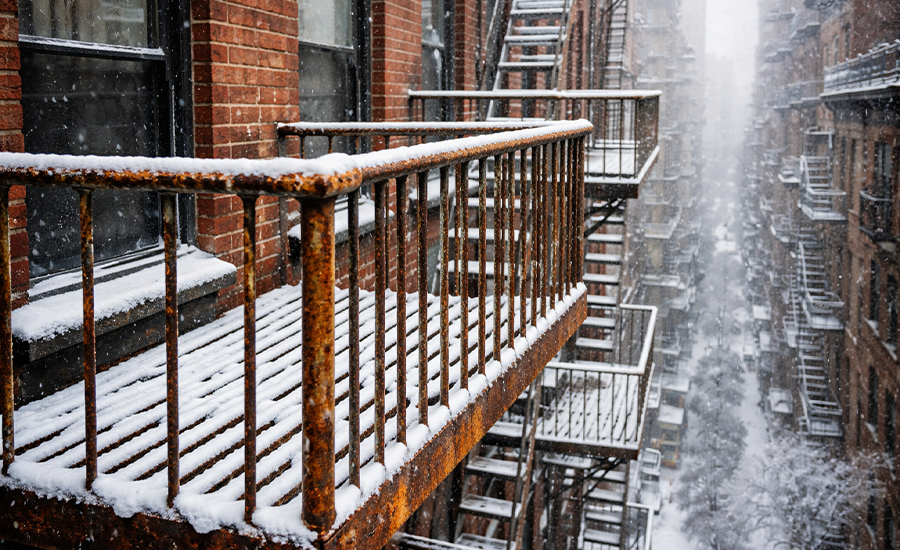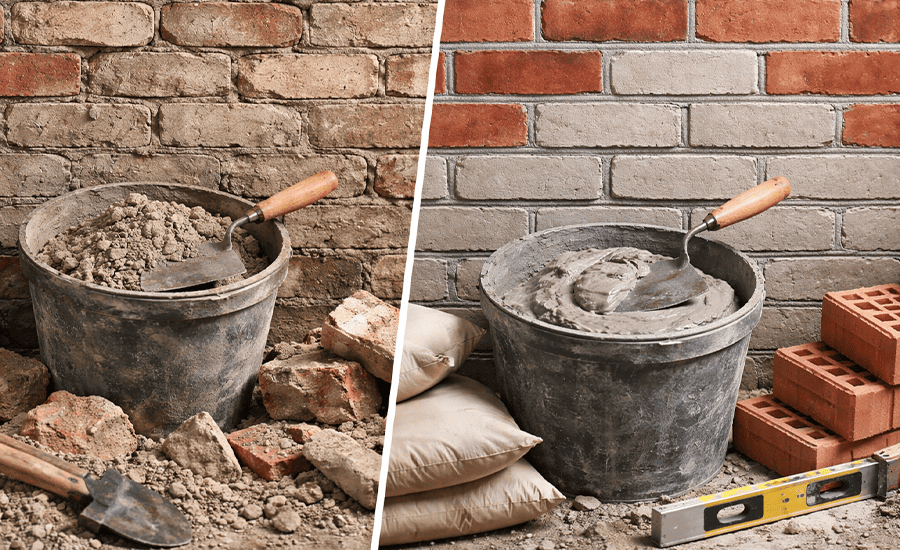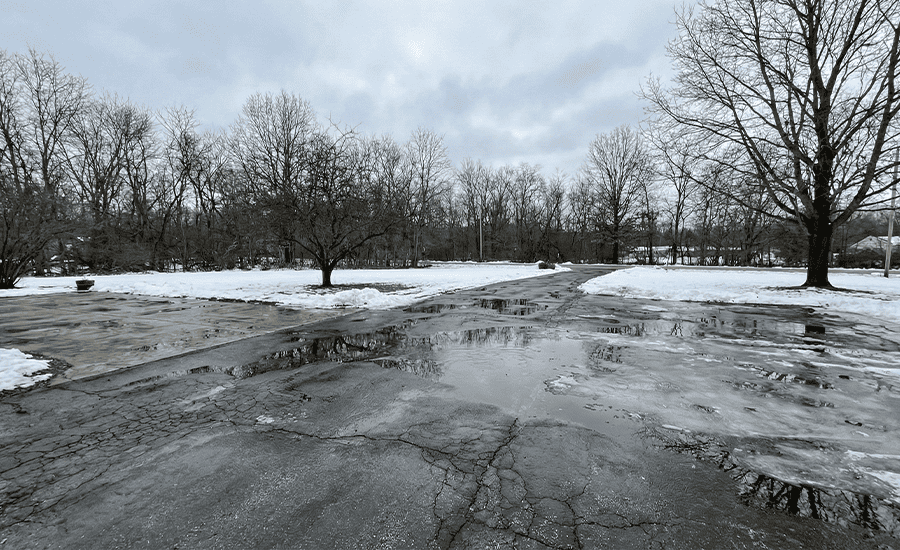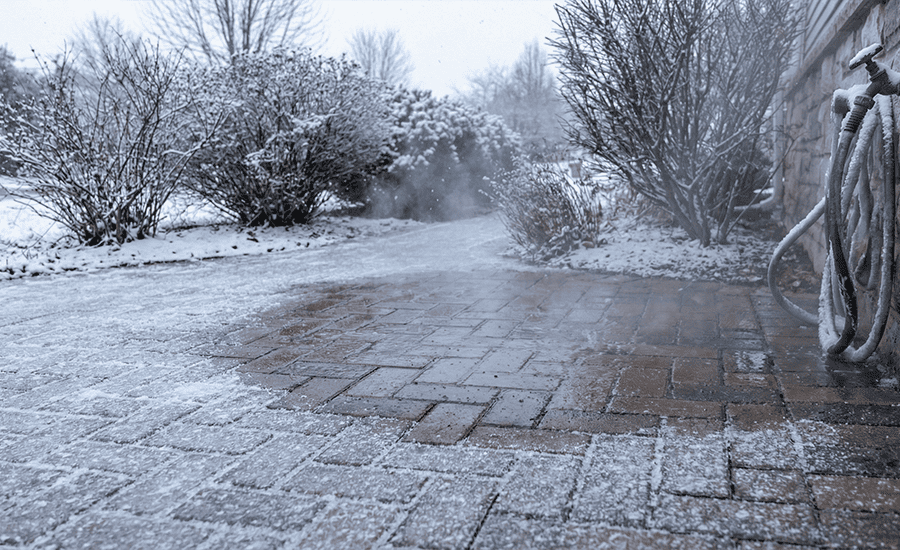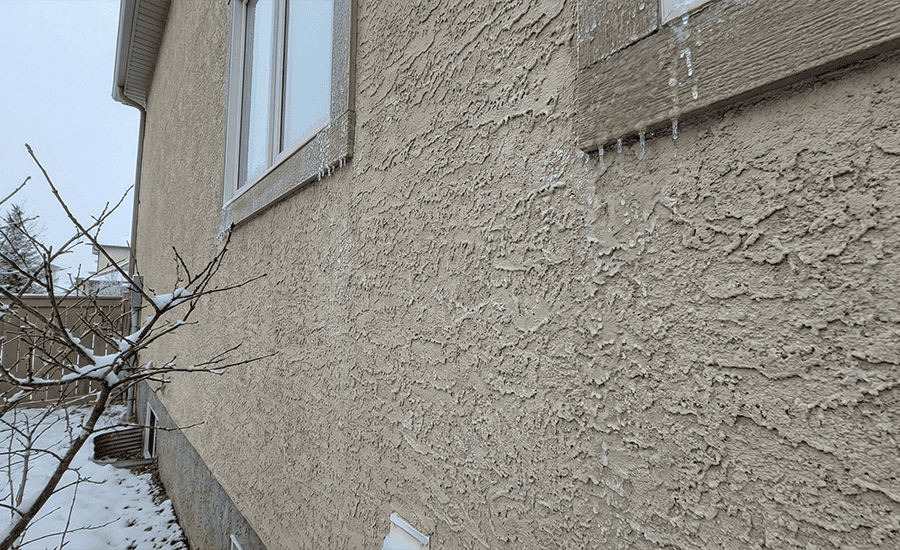Brick-pointing renews the outer portion of mortar joints in brick masonry to maintain structural integrity and prevent water damage. Over time, weather conditions, moisture, and general wear can cause mortar to crack and deteriorate, compromising the stability of the brickwork. The purpose of brick pointing is to reinforce damaged masonry structures through mortar replacement with original material matching new mortar to ensure durability. Masonry repair professionals address brick structures through restoration projects to resolve cracking erosion issues and preserve aesthetics, which leads to lasting protection from weather effects. Before stepping into the best materials for brick pointing, it’s essential to understand “what is brick pointing” in detail.
What Is The Mix For Pointing Bricks?
Brick-pointing is critical to masonry maintenance, ensuring brickwork remains structurally sound and weather-resistant. The mortar mix used for repointing plays a crucial role in the longevity and integrity of the structure. Selecting the right mix is essential to match the existing mortar, provide durability, and allow for the natural movement of the masonry. (Also, learn how deep brick pointing should be.)
Understanding Mortar Composition
A mortar mix consists of three primary components:
- Cement or Lime – The binding agent that provides strength and adhesion.
- Sand – The aggregate that gives body and workability to the mix.
- Water – Activates the cement or lime to form a durable bonding material.
For repointing, the mix ratio should be carefully selected based on the type of brick, existing mortar composition, and environmental factors.
Before selecting a mix, it’s important to understand the difference between mortar and pointing.
Standard Mortar Mix for Brick Pointing
For general repointing in areas exposed to normal weather conditions, the recommended mix ratio is:
1 part Portland Cement: 1 part Lime: 5½ parts Sand
- Portland Cement – Provides strength and durability.
- Lime – Enhances flexibility, reduces cracking, and improves workability.
- Sand – Should be well-graded, clean, and free from impurities.
This mix balances strength and flexibility, allowing the brickwork to breathe while maintaining a solid bond.
Alternative Mortar Mixes for Specific Conditions
1. Traditional Lime Mortar (For Historic Buildings & Soft Bricks)
Mix Ratio: 1 part Lime : 3 parts Sand
- No Portland cement, making it softer and more flexible.
- It is ideal for older masonry to prevent damage from rigid mortar.
- It provides excellent breathability and prevents moisture trapping.
2. High-Strength Mortar (For Load-Bearing Walls & Harsh Conditions)
Mix Ratio: 1 part Portland Cement: ½ part Lime: 4 parts Sand
- Stronger bond suitable for high-stress areas.
- Lower lime content makes it less flexible.
- Recommended for areas subject to heavy rain or freeze-thaw cycles.
3. Hydraulic Lime Mortar (For Wet or Exposed Conditions)
Mix Ratio: 1 part Hydraulic Lime : 3 parts Sand
- Faster setting time compared to traditional lime mortar.
- Increased water resistance makes it ideal for damp environments.
- Provides a balance between breathability and strength.
Step-by-Step Guide to Mixing Mortar for Brick Pointing
1. Measure the Ingredients
- Use a clean mixing container or a mortar board.
- Maintain the correct ratio for consistent strength.
2. Dry Mix the Components
- Combine the cement (or lime) and Sand thoroughly before adding water.
- This ensures even distribution of the binding agents.
3. Gradually Add Water
- Pour water slowly while mixing to achieve a workable consistency.
- The mortar should be firm but not overly wet, allowing easy application.
4. Let the Mortar Rest
- Allow the mix to sit for about 10-15 minutes before use.
- This helps activate the lime and cement for better bonding.
5. Check the Consistency
- The mortar should be sticky but not too runny.
- A proper mix should hold its shape when applied but remain pliable.
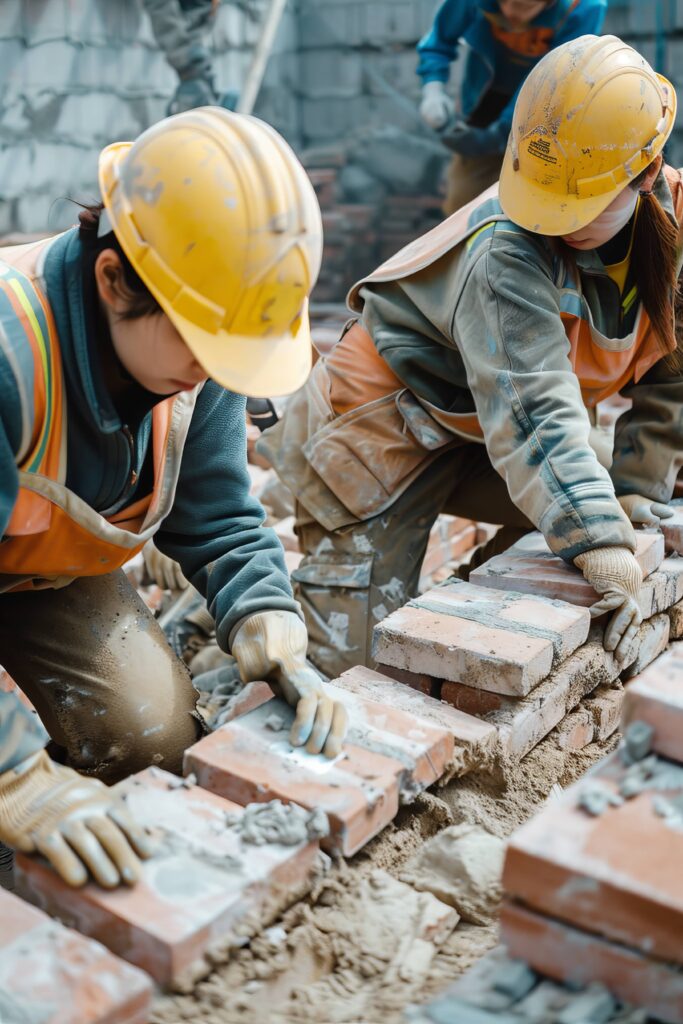
Best Practices for Brick Pointing Mortar Mix
- Match the Original Mortar: If working on an older building, test the existing mortar composition to replicate it closely.
- Use Clean, Sharp Sand: Fine or impure Sand can weaken the mortar, reducing its durability.
- Avoid Overly Strong Mortar: A mortar mix that is too strong can cause bricks to crack under movement or thermal expansion.
- Work in Suitable Weather Conditions: Avoid repointing in extreme heat or freezing temperatures, as improper curing can lead to failure.
Best Materials For Brick Pointing
The materials used for brick pointing primarily consist of mortar components that provide strength, flexibility, and weather resistance. The key materials include:
- Lime – Provides breathability and flexibility.
- Cement – Adds strength and durability.
- Sand – Acts as an aggregate for workability and cohesion.
- Water – Activates the binding agents for setting and curing.
- Additives – Enhancements such as plasticizers or waterproofing agents can be included for specific applications.
The correct combination of these materials depends on the type of brickwork, environmental exposure, and the building’s structural requirements.
Choosing the right material is crucial, but do you know when repointing is necessary? Find out why repointing matters.
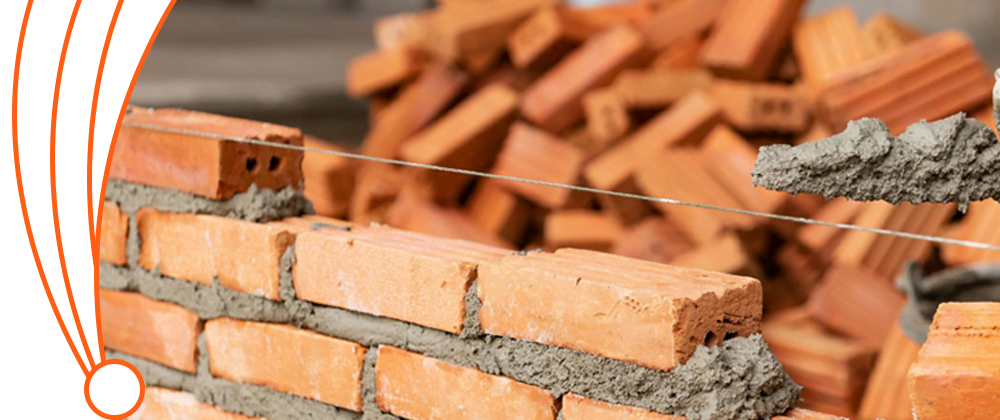
Best Mortar Types for Brick Pointing
The best material for brick pointing depends on the specific application, environmental factors, and structural needs.
Lime Mortar (Best for Historic Buildings & Soft Brickwork)
| Category | Details |
|---|---|
| Composition |
|
| Key Features |
|
| Best Use Cases |
|
Cement-Based Mortar (Portland Cement Mortar) (Best for Modern Masonry)
| Category | Details |
|---|---|
| Composition |
|
| Key Features |
|
| Best Use Cases |
|
Hydraulic Lime Mortar (Best for Damp & Exposed Areas)
| Category | Details |
|---|---|
| Composition |
|
| Key Features |
|
| Best Use Cases |
|
Masonry Cement Mortar (Best for General Use)
| Category | Details |
|---|---|
| Composition |
|
| Key Features |
|
| Best Use Cases |
|
Epoxy or Polymer-Modified Mortar (Best for Harsh Conditions & Industrial Use)
| Category | Details |
|---|---|
| Composition |
|
| Key Features |
|
| Best Use Cases |
|
How to Choose the Best Material for Brick Pointing?
Selecting the right mortar for your project requires careful consideration of several factors:
Type of Brickwork
- Soft bricks or historic buildings → Use Lime Mortar.
- Hard modern bricks → Use Cement-Based or Hydraulic Lime Mortar.
Environmental Conditions
- Moisture-prone areas → Use Hydraulic Lime or Epoxy Mortar.
- Extreme weather exposure → Use Cement-Based or Epoxy Mortar.
Structural Needs
- Load-bearing walls → Use Cement-Based Mortar.
- Decorative or non-load-bearing walls → Use Lime or Masonry Cement Mortar.
Aesthetic Requirements
- Match existing mortar for restorations → Test and replicate the original mix.
- For smooth finishes → Use Lime or Masonry Cement Mortar.
Wherever you are, Sardar Restoration Corp’s services are tailored to meet local needs. Contact us today at (+1) 917-355-8556 or sardarrestoration@gmail.com, or visit us at 2770 Fish Ave, Bronx, NY 10469, United States. Let us bring excellence to your next project!
FAQs
Which mortar mix is best for brick repointing?
The best mortar mix depends on the brick type and environment. Lime-based mortars work for older structures, while cement-based mixes suit modern masonry.
Does the type of sand impact mortar quality?
Yes, sharp and clean sand enhances mortar durability, while fine or impure sand weakens adhesion and longevity.
How does mortar strength affect brick pointing?
Overly strong mortar can damage bricks by restricting natural movement, while flexible mortar prevents cracking and enhances durability.
If repointing is neglected, the structure may suffer. Learn what happens if you don’t tuckpoint brick.
What happens if you use the wrong mortar mix?
Using an incorrect mix can lead to mismatched expansion rates, causing bricks to crack or deteriorate faster.


